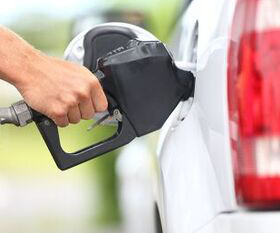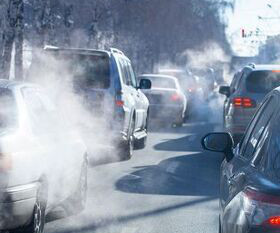Gas War: Biden Admin Decides Against Refilling Dwindling Oil Reserves, Citing High Prices
The Truth About Cars
APRIL 3, 2024
The Biden administration has decided against purchasing oil for the Strategic Petroleum Reserve after promising to refill the nation’s emergency energy supply after it reached a 40-year low. America’s oil reserve is currently authorized to hold more than 720 million barrels of emergency crude oil that can be released under certain conditions.












Let's personalize your content